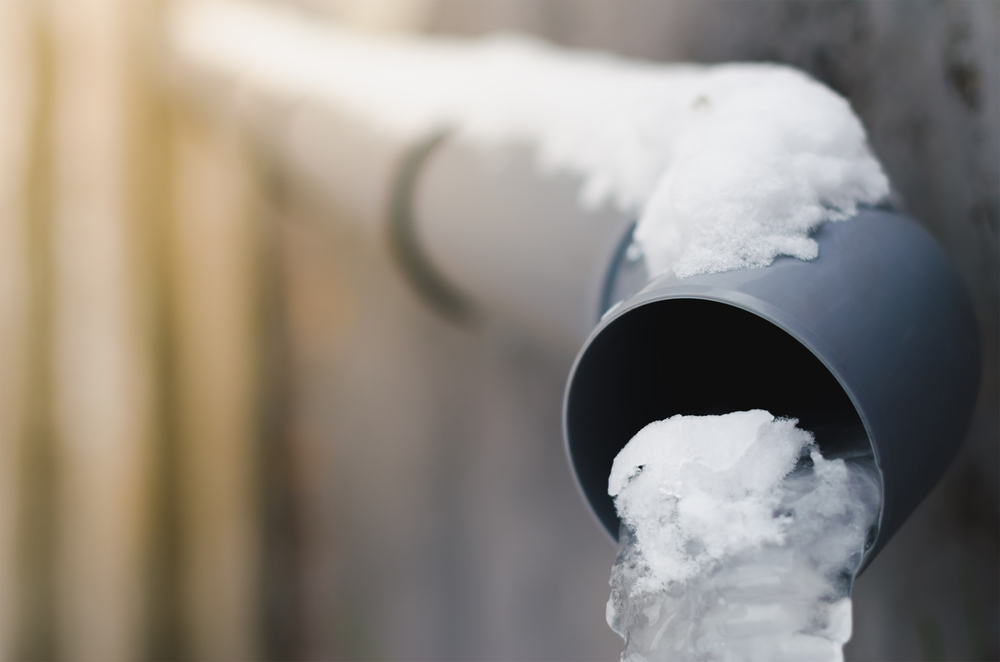Important Advice to Prevent Frozen Plumbing in Winter: Specialist Guidance
Important Advice to Prevent Frozen Plumbing in Winter: Specialist Guidance
Blog Article
They are making several great points about 6 Ways to Prevent Frozen Pipes in general in this content directly below.

Winter can wreak havoc on your pipes, especially by freezing pipelines. Here's exactly how to avoid it from occurring and what to do if it does.
Introduction
As temperature levels drop, the threat of frozen pipes rises, potentially bring about pricey fixings and water damages. Recognizing how to stop icy pipelines is critical for house owners in cold environments.
Understanding Icy Pipelines
What triggers pipes to freeze?
Pipes ice up when subjected to temperature levels listed below 32 ° F (0 ° C) for prolonged durations. As water inside the pipes freezes, it broadens, putting pressure on the pipeline walls and possibly creating them to burst.
Dangers and damages
Icy pipelines can cause water interruptions, home damage, and costly repair work. Ruptured pipelines can flooding homes and cause comprehensive structural damage.
Indications of Frozen Piping
Recognizing icy pipes early can avoid them from breaking.
Exactly how to determine frozen pipelines
Search for reduced water circulation from taps, unusual smells or sounds from pipelines, and noticeable frost on exposed pipes.
Prevention Tips
Shielding at risk pipes
Wrap pipelines in insulation sleeves or utilize warmth tape to safeguard them from freezing temperatures. Concentrate on pipes in unheated or outside locations of the home.
Heating strategies
Maintain interior rooms properly warmed, especially areas with plumbing. Open cabinet doors to permit cozy air to flow around pipes under sinks.
Shielding Outdoor Pipes
Garden hoses and outside taps
Disconnect and drain yard tubes prior to winter. Set up frost-proof spigots or cover outdoor faucets with shielded caps.
What to Do If Your Pipelines Freeze
Immediate activities to take
If you suspect frozen pipes, maintain faucets open up to ease stress as the ice thaws. Use a hairdryer or towels soaked in hot water to thaw pipelines gradually.
Long-Term Solutions
Structural adjustments
Take into consideration rerouting pipes away from exterior walls or unheated areas. Include additional insulation to attic rooms, basements, and crawl spaces.
Updating insulation
Buy high-quality insulation for pipelines, attics, and wall surfaces. Proper insulation assists keep constant temperatures and lowers the danger of icy pipes.
Conclusion
Protecting against icy pipelines calls for positive steps and quick responses. By understanding the reasons, signs, and preventive measures, homeowners can protect their plumbing throughout cold weather.
6 Proven Ways to Prevent Frozen Pipes and Protect Your Home
Disconnect and Drain Garden Hoses
Before winter arrives, start by disconnecting your garden hoses and draining any remaining water. Close the shut-off valves that supply outdoor hose bibs and leave the outdoor faucet open to allow any residual water to drain. For extra protection, consider using faucet covers throughout the colder months. It’s also important to drain water from any sprinkler supply lines following the manufacturer’s directions.
Insulate Exposed Pipes
Insulating your pipes is an effective way to prevent freezing. Pipe insulation is readily available at home improvement stores and is relatively inexpensive. Pay close attention to pipes in unheated areas such as the attic, basement, crawl spaces, or garage. Apply foam insulation generously to create a buffer against the cold. You can also wrap your pipes in heat tape or thermostat-controlled heat cables for added warmth.
Seal Air Leaks
Inspect your home for any cracks or openings that could let in cold air. Seal any holes around the piping in interior or exterior walls, as well as the sill plates where your home rests on its foundation. Additionally, make sure to keep your garage door closed unless you’re entering or exiting. Leaving it open creates a significant air leak that can lead to frozen pipes.
Allow Warm Air Circulation
During cold snaps, it’s essential to allow warm air to circulate evenly throughout your home. Leave interior doors ajar to promote better airflow. Open kitchen and bathroom cabinets to help distribute heat consistently around the rooms. If you have small children or pets, be sure to remove any household chemicals or potentially harmful cleaners from open cabinets for safety.
Let Faucets Drip
A small trickle of water can make a big difference in preventing ice formation inside your pipes. When temperatures drop significantly, start a drip of water from all faucets served by exposed pipes. This continuous flow helps prevent the water from freezing. Additionally, running a few faucets slightly can relieve pressure inside the pipes, reducing the chances of a rupture if the water inside does freeze.
https://choateshvac.com/6-proven-ways-to-prevent-frozen-pipes-and-protect-your-home/

I came across that page about Preventing and dealing with frozen pipes when doing a lookup on the web. Enjoyed our post? Please quickly share it. Help someone else discover it. Thank you for being here. Kindly pay a visit to our website back soon.
This Post Report this page